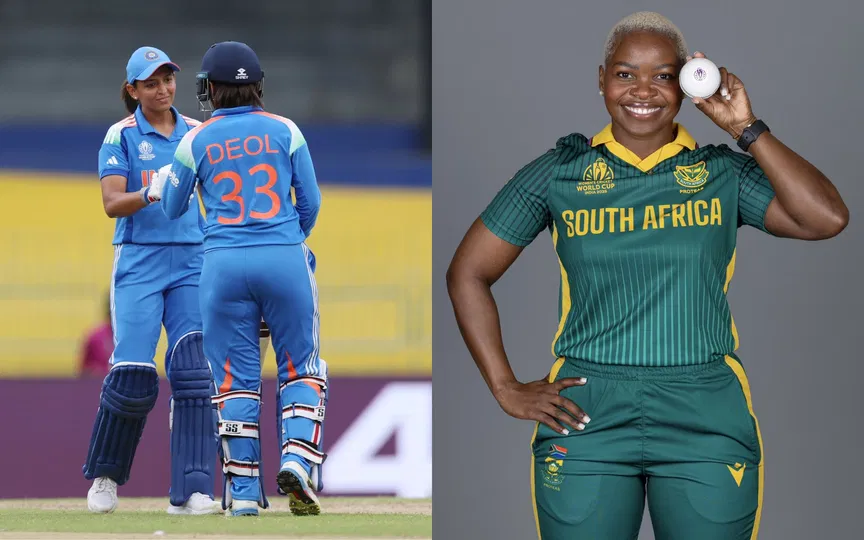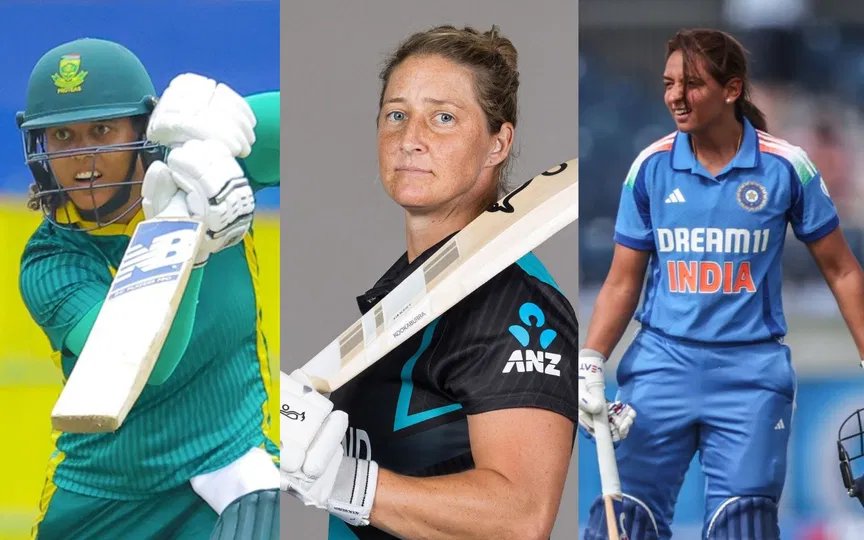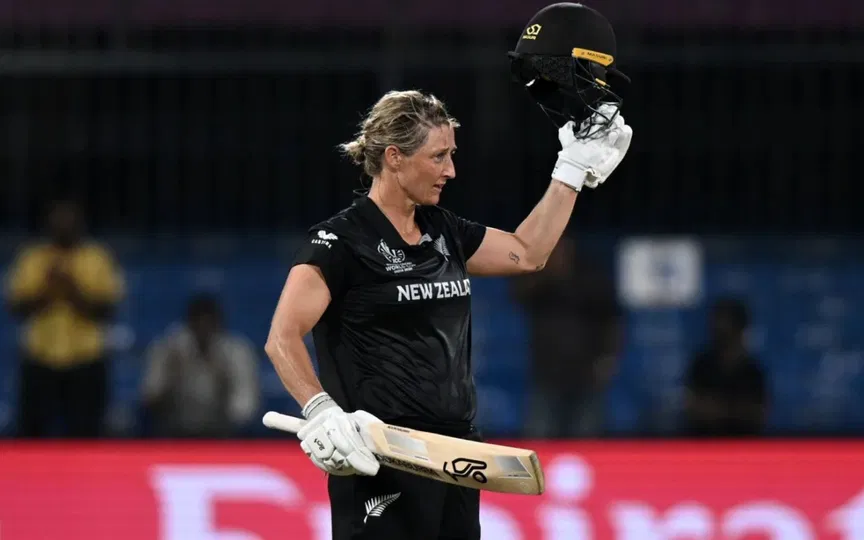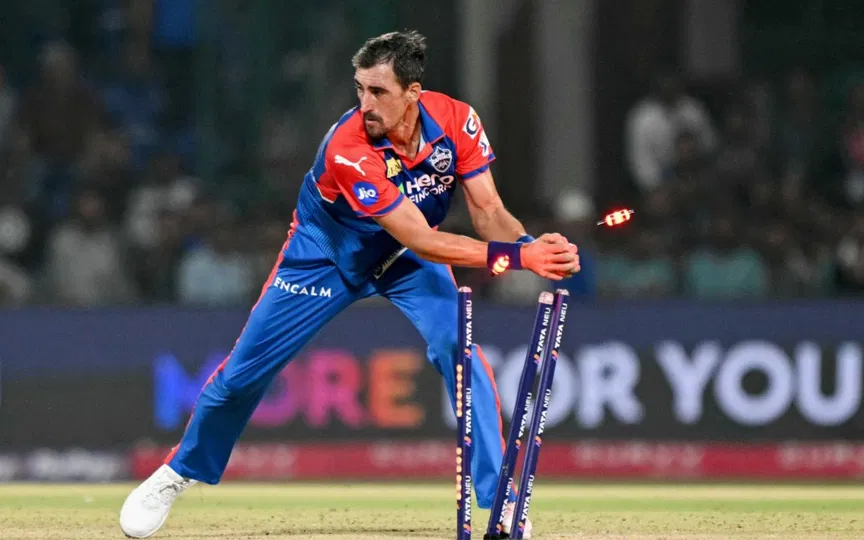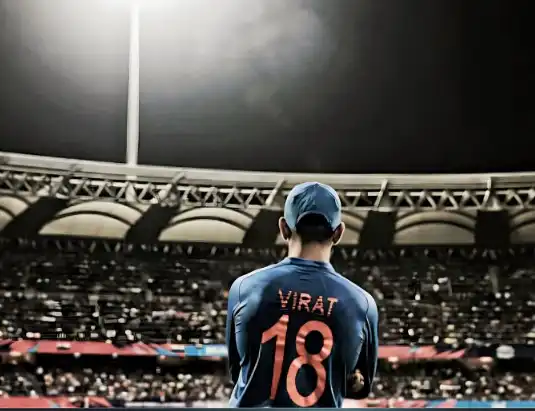![India has struggled against left-arm spin [Source: @juniamafia, @CricketAdd1ct, @ICC/x.com]](https://onecricketnews.akamaized.net/parth-editor/oc-dashboard/news-images-prod/1760089210812_IndiaWomenleftarmspinweakness.jpg?type=hq) India has struggled against left-arm spin [Source: @juniamafia, @CricketAdd1ct, @ICC/x.com]
India has struggled against left-arm spin [Source: @juniamafia, @CricketAdd1ct, @ICC/x.com]
Team India’s confident start to the ICC Women’s World Cup 2025 hit a spin-shaped wall in Vizag. A three-wicket defeat to South Africa didn’t just dent their momentum, it underlined a recurring technical flaw that has been eating away at the heart of their batting lineup.
The scoreboard might say India 251 all out but between those digits lies a deeper story: one of hesitation, repetition and a chronic struggle against left-arm spin.
The recurring theme: Same plot, different venue
The story has been the same in all three matches. Indian batters walk in with intent, get off to a start and then crumble the moment a left-arm spinner takes charge. More than a pattern, it has turned into a full-blown crisis that India must fix before it snowballs into something bigger.
| Opponent | Venue | Left-Arm Spin Wickets | Victims |
| Sri Lanka | Guwahati | 4 | Pratika, Harleen, Harmanpreet, Jemimah |
| Pakistan | Colombo | 3 | Pratika, Jemimah, Charani |
| South Africa | Vizag | 5 | Mandhana, Harleen, Harmanpreet, Jemimah, Amanjot |
The numbers don’t lie
Out of 28 wickets lost in three matches, 14 have come against spin and a stunning 12 of those were to left-armers. That’s a staggering 43% of their dismissals in just three games.
In each of these games, the dismissals haven’t been unplayable deliveries. They have been self-inflicted wounds. Misjudged lengths, forced drives, mistimed sweeps; errors born out of pressure rather than pure skill gaps.
Smriti Mandhana: Early aggression, early exit
Smriti Mandhana’s intent has never been in doubt but her execution against left-arm spin has become a recurring concern. Against Nonkululeko Mlaba in Vizag, she wanted to go downtown, only to mistime it straight to long-on.
That dismissal marked her eighth fall to left-arm spin in her last 30 innings, a statistic that highlights not inability but predictability. Bowlers have realised she often premeditates movement, committing early before reading the flight.
Jemimah Rodrigues: The sweeping struggle
For Jemimah Rodrigues, the sweep shot which was once her release weapon, has turned into a liability. In Colombo, she was trapped LBW by Nashra Sandhu while attempting it; in Vizag, Chloe Tryon repeated the same.
Her footwork against left-arm spin has been tentative, neither forward nor back, which has created a dead zone where she is susceptible to turn. Since January 2024, Jemimah has been dismissed eight times to left-arm spin which is more than to any other bowling type.
Harmanpreet Kaur: The familiar edge of frustration
Even the captain hasn’t been spared. Harmanpreet Kaur’s dismissal against Chloe Tryon in Vizag was a mirror image of her earlier wicket against Ashleigh Gardner during the home ODIs vs Australia.
Both balls floated outside off, inviting the drive. Both resulted in edges. Both, tellingly, showed how her natural power game becomes neutralised once she is forced to reach away from her body. For a batter of her experience, Harman’s recent run against spin is puzzling with 11 dismissals in 24 innings, six of them to left-armers.
Technical faultlines
India’s problem isn’t simply “can’t play spin.” It’s about how they’re playing it.
- Lack of early feet movement: Too many batters stay rooted in the crease and react after the ball lands instead of reading from the hand.
- Poor strike rotation: Overs filled with dots pile pressure. Indian batters are not able to rotate strike effectively which in turn is increasing pressure, resulting in shots out of desperation.
- Predictable boundary options: Batters like Mandhana and Harleen rely heavily on the slog sweep and inside-out drive which are both high-risk shots once the field spreads.
The outcome? Pressure, desperation, dismissal.
Why left-arm off-spin hurts more than right-arm off-spin
Indian batting order is laden with right-handers. Left-arm spinners naturally angle the ball away from right-handers which makes it harder to use the bottom hand for placement.
The ball drifts in, dips and then turns away, especially deadly for players who commit early. Unlike off-spinners, who offer inside edges and safer deflections, left-armers create false drives and slicing mishits.
A tactical fix, not a talent issue
India’s batters are not short of talent; they are short of plans. Facing spin in India is about tempo management, not just shot-making. Let's take a look at how Indian batters can change the narrative:
- Use of depth: Play late, use the crease to cut off spin and rotate strike behind square.
- Early intent without recklessness: Step out for singles, not sixes.
- Right-left batting pairs: Force fielding changes and break rhythm for spinners.
- Pre-match simulation: Practice sessions against left-arm spin machines to replicate game pressure.
The solution lies in adjusting, not overhauling.
What awaits for the Women in Blue?
India Women’s next fixtures offer no breathing room as Australia Women ( Sophie Molineux), England Women (Sophie Ecclestone, Linsey Smith) and Bangladesh Women (Nahida Akter) are all waiting with potent left-arm spin attacks.
The numbers have spoken and the visuals have reinforced it: if India continue to play left-arm spin with hesitation and half-measures, their campaign could unravel just as quickly as their middle order.
In a World Cup built on fine margins, it is not the fast bowlers or the big hitters who might decide India’s fate. It is the slow, drifting left-armers, teasing them into yet another repeat dismissal. The left-arm spin problem is real for India and the clock is ticking.
It is time the Women in Blue learned to dance with the spin, not fall to it!

